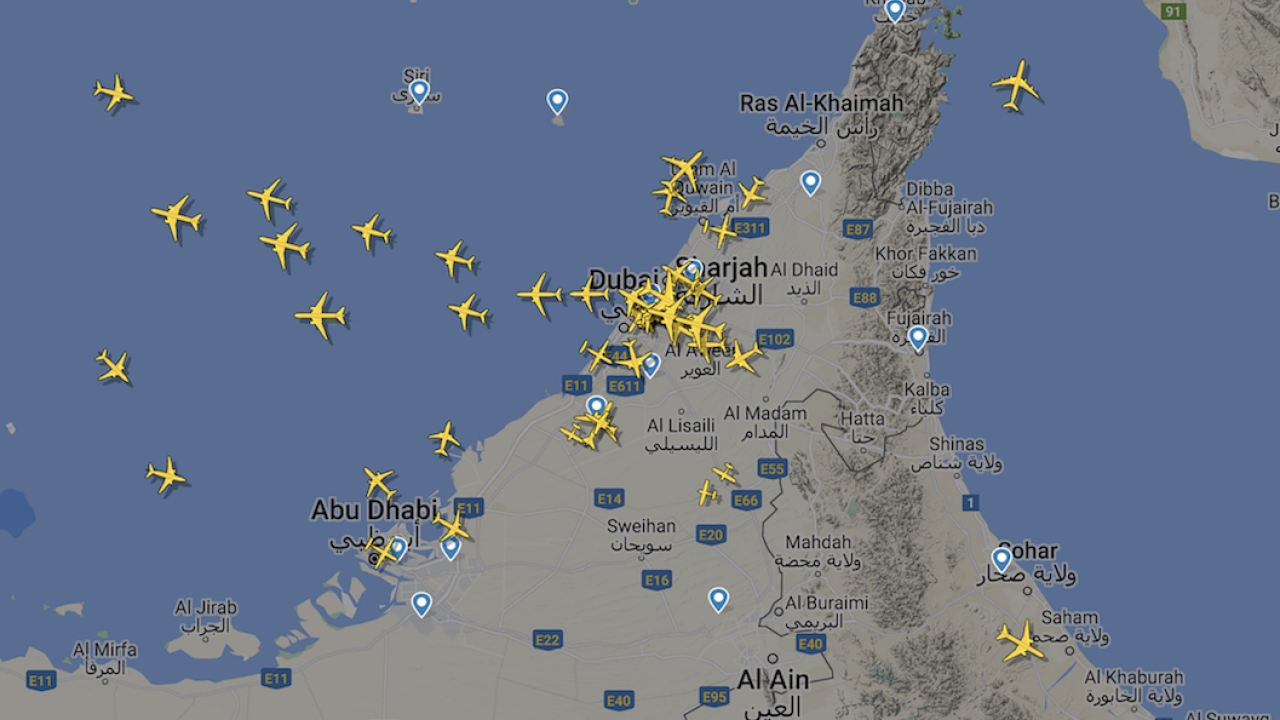Disparate DANS

When Ibrahim Ahli was a young boy in Dubai, he was fascinated by the airliners coming to the expanding airport in his home city. That led to him joining the Dubai Civil Aviation Authority as a cadet and training to become a controller.
Today, some 25 years after joining, Ahli is the deputy CEO of air navigation provider to the emirate, DANS – and the job is as exciting today as it was a quarter-of-a-century ago.
“We have to be better every day. So, we are building relations to improve our services, from safety, from efficiency from resilience, and all the other pillars that go with what we do,” Ahli said.
“In air traffic management we stand on three pillars:
• Equipment – we have the latest and we have the best;
• Planning – we have the contingencies in place for all procedures and we are developing new ways to improve the procedures and improve the airspace to cope with more travel;
• People – without people you can do nothing, so we work hard to make sure everyone is trained to face any scenario.”
DANS works closely with the UAE’s federal regulator, the GCAA, and has responsibility for the approaches into Dubai’s two international airports as well as tower operations. It also controls approaches to the northern emirates, including the rapidly expanding Sharjah Airport.
Developing technologies and methodologies have been vital for DANS to keep up with the growth at Dubai International.
“We have had to improve the capacity and have gone from 30 departures an hour to 40. We are also now touching the 40 arrivals every hour mark as well. I think it’s like 25% growth in the traffic with the same airport and same runways,” Ahli said.
Of course, Dubai has a unique challenge in that more than half the world’s fleet of the superjumbo A380s, and a huge number of Boeing 777s, are arriving or departing the airport every day. So, too, are smaller aircraft from around the region, raising the issue of wake vortex.
DANS has been working on vortex studies and developed models to enable separation – using two runways for arrivals and one for departure with mixed modality, which has increased the use.
Safety is at the heart of the DANS values. It has the world’s largest tower simulator and staff are trained to face a huge range of incidents.
“We have more scenarios than before. And we have more mitigation for them if anything happened,” Ahli said. “We know so many things we didn’t know because of the experience we have. We want the controllers in Dubai to be ready for all scenarios, then we are ready with a fast response time for any emergency. We also use the simulator with our partners or stakeholders at the airport, fire station, police, military, etc.”
DANS is also developing partnership with industry. Ahli used the Airport Show in Dubai to sign a memorandum of understanding (MoU) with technology giant, Honeywell, to explore the potential for the co-development of new technologies.
These will help increase efficiency, predictability, safety and environmental efficiency of airports and airside operations, Ahli said.
“Dubai being the global commercial and travel hub it has become is only going to expand further with Dubai Expo 2020 approaching us. Today, air traffic controllers manage a daily average of 1,500 movements in Dubai’s airspace, and to enable and enhance seamless air traffic management operations further, we have to collaborate and work hand-in-hand with leading technology solution providers,” he said.
“Every day we have to be better. And, without innovation, there is no future. One person is weak, the group is stronger. So, what do we do? Well we are working with the highest technology in the world to help us for the extra miles we have to go in the future.”
With the potential for vertical take-off and landing (VTOL) air taxis’ even as early as next year, and more unmanned systems in the Dubai skies, Ahli is unfazed by the challenge.
“I'm very much confident because we have the best system. We have resilience if anything goes wrong. We have a plan for the contingency of whatever happens, and we have the best people. I’m very proud of the team we have. Working with our partners, we’re always mitigating any risk you can imagine.”
Stay up to date
Subscribe to the free Times Aerospace newsletter and receive the latest content every week. We'll never share your email address.

